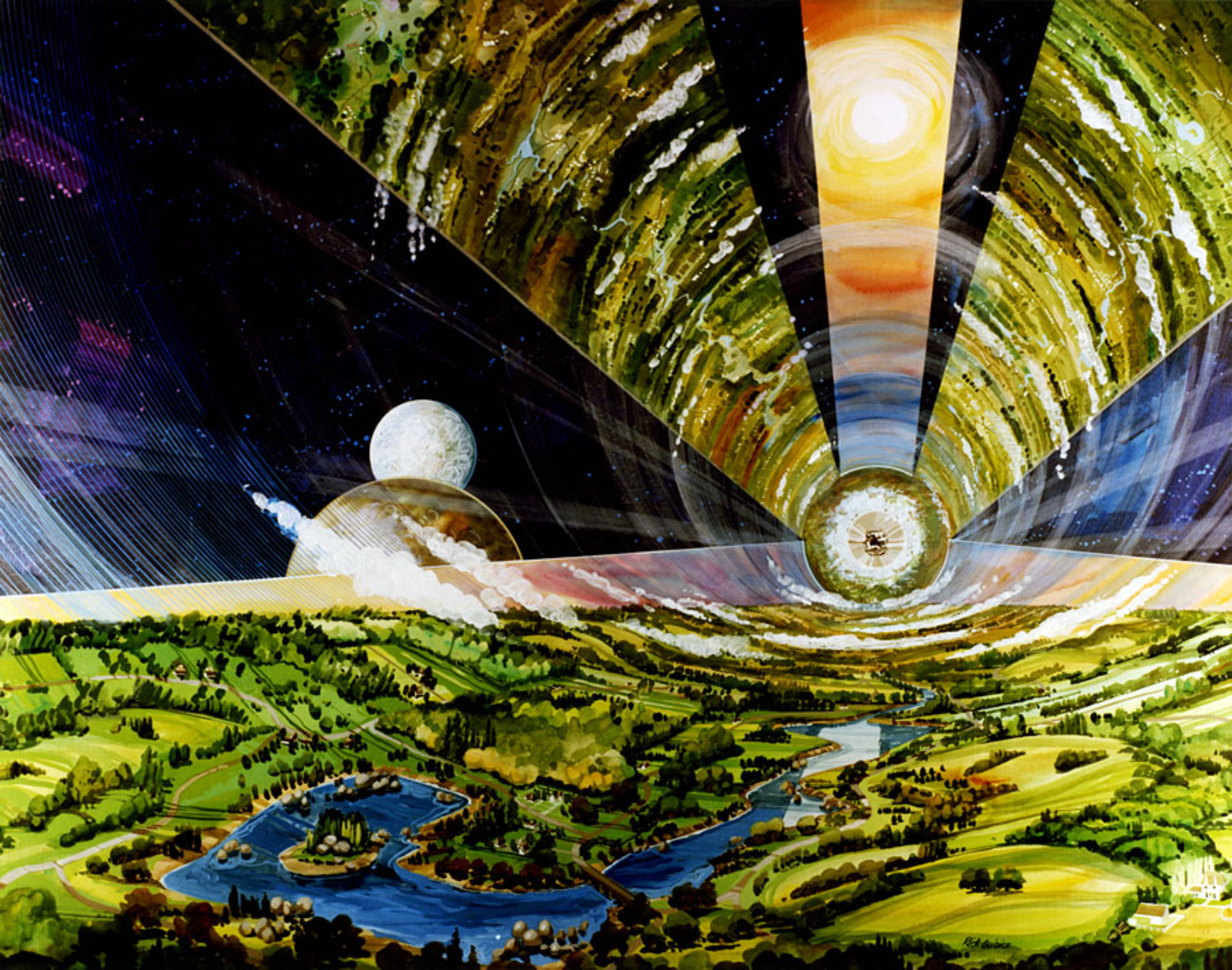
In a breakthrough experiment last month, a team led by Airbus Defence and Space (Friedrichshafen, Germany) has for the first time produced oxygen and other metals from simulated lunar soil with a proprietary process called Regolith to OXYgen and Metals Conversion, or ROXY. The revolutionary new process could be the core of an ISRU value chain on the moon, providing oxygen for habitats or rocket fuel, with added byproducts of metals and alloys as feedstock for additive manufacturing of building materials. This would significantly reduce the cost of settlements on the Moon as the construction materials could be fabricated in situ, without the need to be brought from Earth. Check out Airbus’ animation of ROXY here.
Airbus thinks that the ROXY reactor could have beneficial environmentally friendly applications on Earth as well:
“On Earth, ROXY opens a new pathway to drastically reduce the emissions of greenhouse gases that result from production of metals.” Since the process is essentially free of emissions “…these environmental impacts could be reduced, providing a significant contribution to the UN sustainability goals – another example of how space technologies can improve life on Earth”








